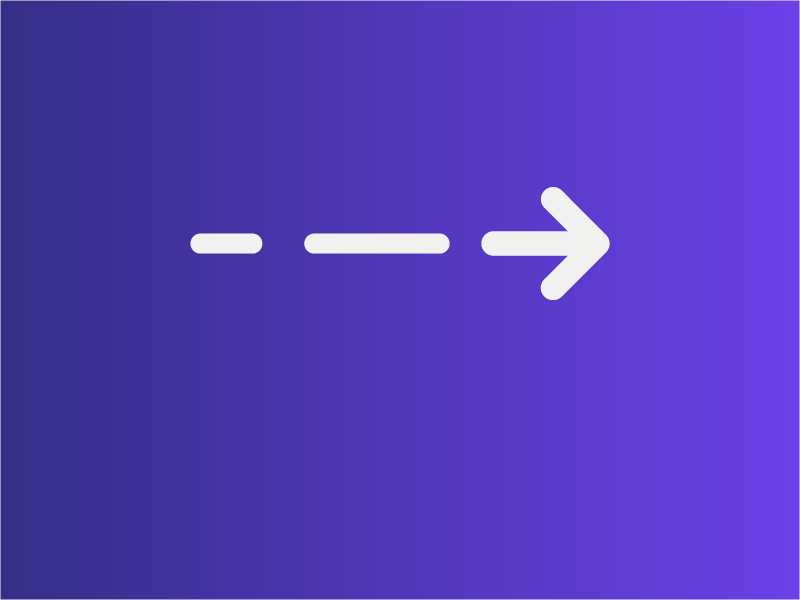When special purpose acquisition companies (SPACs) were first introduced over ten years ago, many were skeptical about how a blank check company could successfully bring an operating company public.
SPACs have a limited life and depend on finding the right private company to bring public – if they do not close within a certain period of time (typically two years), these investment vehicles are forced to liquidate.
Many people became strong believers in SPACs after seeing how well the structure protects the interests of investors. Average investors now have many of the same tools that were once only available to venture capitalists. SPACs are traded on the NYSE, NASDAQ and over-the-counter markets – and when traded, they provide the investor with a fully liquid instrument.
From a private company perspective, the process of going public via a SPAC merger poses much less risk than the traditional IPO route – especially when a specific cash amount is needed to support this private company.
For the qualified investor and/or employee, the disadvantage of owning shares of a private company is their limited tradability, dictated by windows of time, uncertain valuations and potential lack of liquidity. But in the public market, SPAC shares can be sold at any time with greater transparency of valuation.
A closer look at SPACs
More certainty of raising capital
- SPACs take the risk out of the IPO underwriting process. With traditional IPO pricing, the volatility of the markets (measured by the VIX) has a significant influence on how accurately pre-IPO shares are priced in the initial market. This high level of risk can even affect whether or not a company goes public.
- Even with price stabilization measures put in place by the lead underwriter, the share price in a traditional IPO could drop beyond the company’s comfort zone and the company could risk embarrassment.
- With a SPAC, guaranteed funding is raised early in the process. The SPAC makes sure that enough money has been raised for a successful acquisition.
- The sponsors provide a sense of trust to invest in the SPAC IPO. In this scenario, sponsors will often put up to half of their own money, which instills confidence with other prospective public investors.
Easier filing process
- SPAC IPOs are quicker, and filing is less cumbersome than a traditional IPO – because the SPAC is a wholly new company, there are no financials to provide to the SEC that you would see with a normal operating company.
- The entire SPAC IPO process takes less than half the time of a traditional IPO.
The structure of SPACs
Today, SPACs issue warrants (excisable for a fraction or full share of stock) as an enticement or sweetener to the investing public. This process originated in the small-cap IPO space as a way for the syndicate to sell a lesser-known company to investors.
Now that SPAC IPOs are taking well-known companies public, they may not be interested in warrants, carrying the extra potential burden of their volatility or their maintenance costs.
In recent SPAC IPOs, there are fewer warrants issued in the unit offering, but these same SPACs remain successful in entering the public market.
SPAC challenges and opportunities
In 2020, the SPAC IPO market represented more than half of the overall IPO market. Though that number has fallen in the past couple of years, SPAC IPOs still represent a sizable percentage of the IPO market. However, SPACs don’t come without challenges. The current landscape has only a few agents servicing these instruments. This might have been OK a few years ago when there were a lot fewer SPACs in existence. But unlike most investment instruments, a SPAC usually has several moving parts. A transfer agent is required to support the trading market community and provide efficient and timely responses to investor instructions. Current challenges include:
- SPACs have a larger number of investors than they did in the past – with greater capital being raised. As the majority of conversions occur in the first few days when the units can be separated, you can imagine the possibility for failure when there are only one or two transfer agents doing the majority of all this activity.
- There is no possibility of upsizing the deal in a SPAC-going-public transaction.
- In a traditional IPO, the capital raised by the syndicate could reveal a greater interest by investors for which the company can increase the price of the offering or even the number of shares offered in the IPO.
- In a SPAC merger, the company going public will only be obtaining the capital previously raised from the SPAC IPO (but the cash is on hand – it’s easier to raise that guaranteed amount).
A successful SPAC depends on the right experience and processes
When considering any type of corporate action, it is vital to look at your partner’s expertise, technology and infrastructure to ensure flawless execution.
It is critical to have steps in place to assure that the capital raised in the SPAC from investors is invested correctly, following applicable regulations and the investment requirements outlined in the prospectus. As a well-established trustee, EQ has multiple secure banking partners that are well equipped to handle large cash positions. This financial stability also gives us the ability as a payment/disbursement agent to secure and guarantee that all funds are available when they are needed. This is true for redemptions, merger closings and, when needed, for liquidation.
When considering any type of corporate action, it is vital to look at your partner’s expertise, technology and infrastructure to ensure flawless execution. Having protected investor interests for more than 90 years, serviced transactions in excess of $74 billion and participation in the ZoomInfo IPO of $935 million, we are confident in our ability to navigate the responsibilities of the trustee.

Have questions?
EQ has answers.

